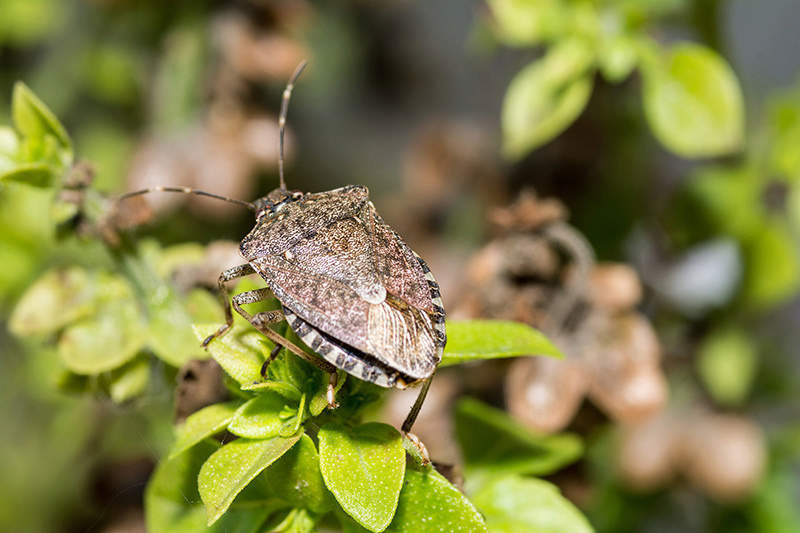
Bed bugs
WHAT IT IS AND HOW TO ELIMINATE
Plantas decorativas de jardín y/o interior
Bed bugs
Bed bugs
Pathogen:
Insect
Type:
Risk to the plant:
INTERMEDIATE
Chinches

WHO CAUSES IT?
Phytophagous bugs are hemipteran insects that feed on the cellular contents of plants using their biting-sucking mouthparts. They go through hemimetabolous development, that is, without complete metamorphosis. Adult females lay their eggs in groups, generally on the undersides of leaves or on tender stems. After hatching, nymphs emerge and go through several molts until they reach the adult state. During all nymphal stages, bed bugs feed on plant tissues, causing damage from very early stages. Some species complete several generations per year, especially in warm regions where conditions allow their continued development. Their activity increases significantly in dry and hot seasons, and they can actively move in search of hosts, favoring dispersal in crops. Furthermore, their gregarious behavior in some phases favors simultaneous attacks that increase the severity of the damage.
SYMPTOMS
The presence of stink bugs in plants causes direct damage by sucking sap and cellular tissues, as well as indirect damage when they transmit pathogens by acting as vectors. The bites cause an alteration in tissue growth, deformations and localized necrosis, in addition to generating wounds through which other microorganisms can enter. In sensitive crops, its repeated attack compromises the commercial quality of fruits, leaves or seeds.
Dark spots on leaves or fruits due to feeding, deformations in tender shoots, malformed fruits or fruits with sunken areas, localized wilting in young leaves, presence of dark excrements on the affected surfaces, delay in plant growth, necrosis in areas of bite, premature fall of flowers and fruits.


DEVELOPMENT CONDITIONS
Temperature:
24°C – 34°C
Humidity:
50% – 70%
HOW IS IT SPREAD?
Active movement, wind, contaminated plant material, migration from adjacent areas, transportation of contaminated machinery or tools
HOW TO ELIMINATE IT?
Home treatments
Natural allies
There are no natural allies
Chemical treatments
RECOMMENDED PRODUCTS TO ELIMINATE THE PEST
REPELLENT PLANTS
Mint, Garlic, Rue
RECOMMENDATIONS
- Check the plants well, especially tender shoots and young fruits.
- Use chromatic or manual traps to detect their presence.
- Plant flowers that attract predatory bugs.
- Avoid excessive use of insecticides, as they can eliminate good insects.
- Remove remains of crops and weeds that could serve as shelter.
- Use light traps to attract them.
- Apply a vinegar and baking soda solution or mint and garlic infusion.
- If there are many, apply a mild or natural insecticide, following the instructions.
















